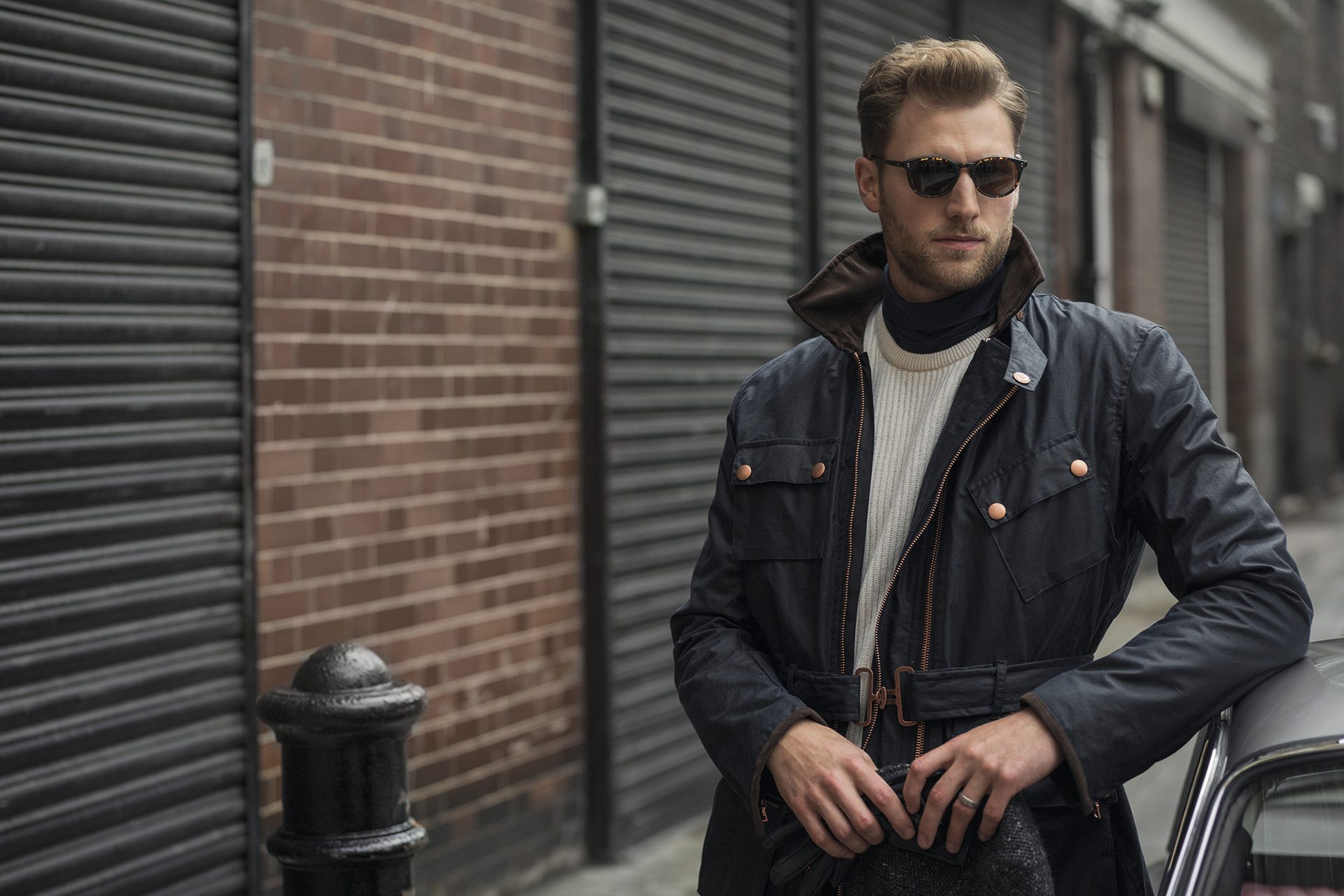How British Fashion is Leading the Way in Creativity
Chief Executive of the British Fashion Council, Caroline Rush praises UK designers for their creative entrepreneurship
This post may contain affiliate links. Learn more
From long-standing labels to burgeoning new brands, Caroline Rush says British fashion is setting the bar for creativity.
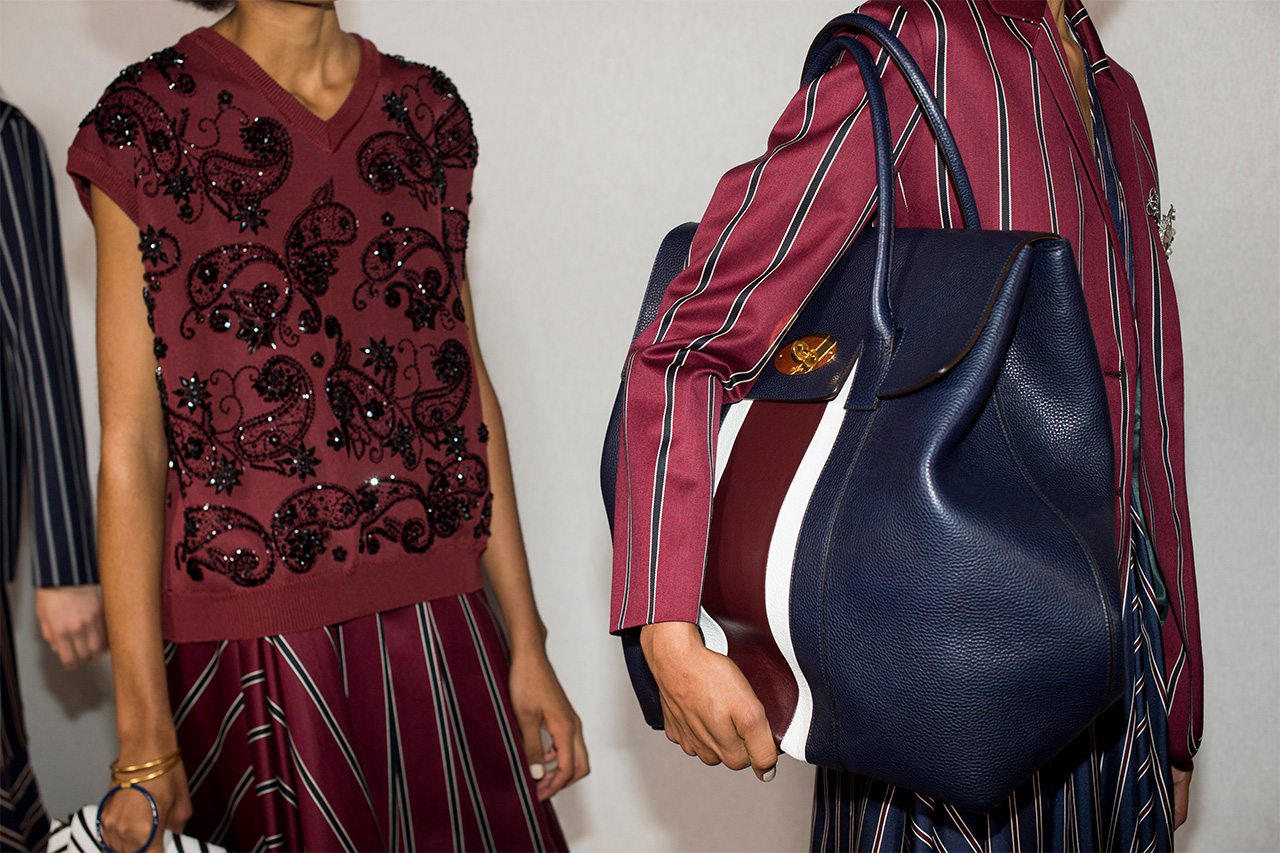
Above: Mulberry’s Spring/Summer 2017 collection
On the world’s stage
I write this piece from autumn 2016’s Paris Fashion Week, one week on from London Fashion Week and, for me, it was a resounding success. As chief executive of the British Fashion Council, I might be biased, but the number of press and retailers who have also endorsed the creativity matched with commerciality in London makes it fact. Some might ask, why does this matter? Well, our industry is worth £28bn each year to the British economy, employs 880,000 people and London Fashion Week is the international showcase that helps position our businesses as global leaders, our capital as one of the leading four fashion capitals and furthers our reputation as leaders in innovation, creativity and business.
Being in another city is a great place to reflect on British fashion. It helps reinforce the strength of our businesses and the power of our brands in an international context, and this is at the end of a month of fashion weeks when it feels like you’ve seen the best of the best in all cities.
Feeling not so fresh, but definitely invigorated by LFW, it was great to hear the comments about the strength, energy, innovation and commerciality of London-based designers by international influencers i.e. media owners, editors, commentators, bloggers, retailers, photographers, PRs and investors. The fashion industry is going through a great deal of change and it is awe-inspiring to see how British brands are flourishing in these times.
Brits going bold
Take Burberry, our largest luxury fashion brand. Burberry has become shorthand for innovation thanks to the President and Chief Creative Officer, Christopher Bailey and his brilliant team who lead an organisation that is listed on the London Stock Exchange and has become an icon of British fashion. In February 2016, Christopher announced that their traditional fashion show would combine menswear and womenswear and show direct to the consumer. A no brainer for any customer who wants the product as soon as they have seen it on the catwalk, but revolutionary in an industry that is accustomed to single-sex shows, in set periods and with a six-month time lag before customers are able to buy the clothes. Fast-forward to September 2016 and fashion weeks have seen several businesses take on this new model, but all eyes were on Burberry as the leader in this change and from where we were sitting, it felt like it worked. The media and retailers exuded optimism and Burberry fans and customers could get their hands on beautifully crafted jackets, print dresses, and the rest of the collection that can be both sexy and wearable.
As for our other big brands, we saw Mulberry grow its ready-to-wear offering with a strong British aesthetic and a new take on the famous Mulberry Bayswater – the Piccadilly is supersized and weekend-ready. The new creative director, Johnny Coca, has spoken of delving into the brand’s archive, connecting with the craftsmen in their Somerset factory and taking the nuances of Britishness to move the brand forward into a new era.
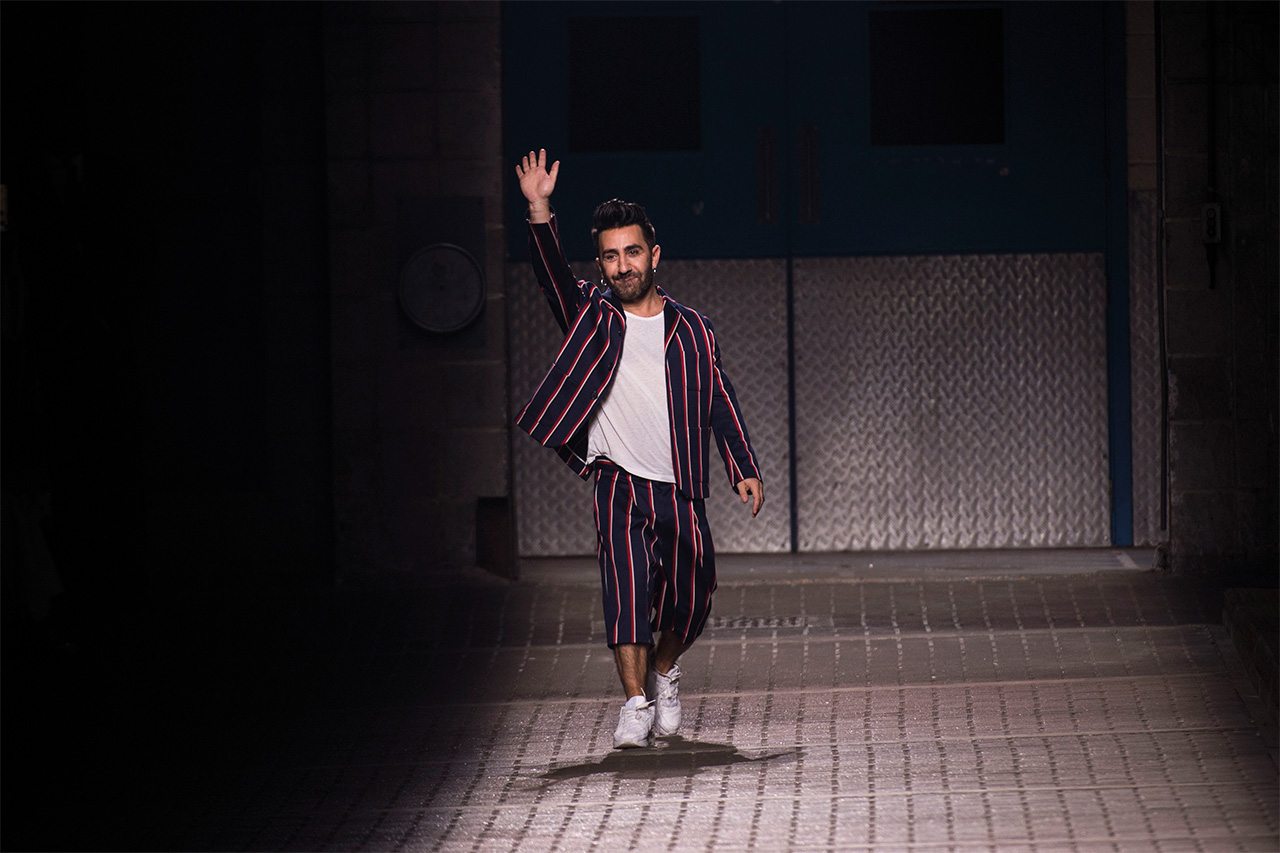
Above: Creative director Johnny Coca delved into Mulberry’s heritage to move the brand into modernity
Belstaff, a brand that is reaffirming its British heritage with international appeal, taps into the zeitgeist of the British instinct to explore, with men’s and womenswear collections that are biker, street and travel-ready. We have seen Paul Smith showing beautiful prints, Alexander McQueen, incredible beauty and femininity and Vivienne Westwood, with her renowned political messaging in a show dedicated to Julian Assange.
In our established accessories businesses, Jimmy Choo celebrated its 20th anniversary and Anya Hindmarch, yet again, reimagined the performance of a fashion show. All of these companies are not just contributing but pushing the idea of a British brand through distinct points of views.
Our menswear brands are equally important in terms of projecting excellence, heritage, luxury and modernity. You might not associate Gieves & Hawkes, Dunhill, St James’s and Savile Row with modernity, as their heritage is what they are known for, but Gieves & Hawkes is an exemplar of making an established brand current, bringing with it years of military history and bespoke heritage into a ready-to-wear environment. Just participating in men’s fashion weeks has shown that these brands have a willingness to innovate and in doing so have become more accessible to wider audiences.
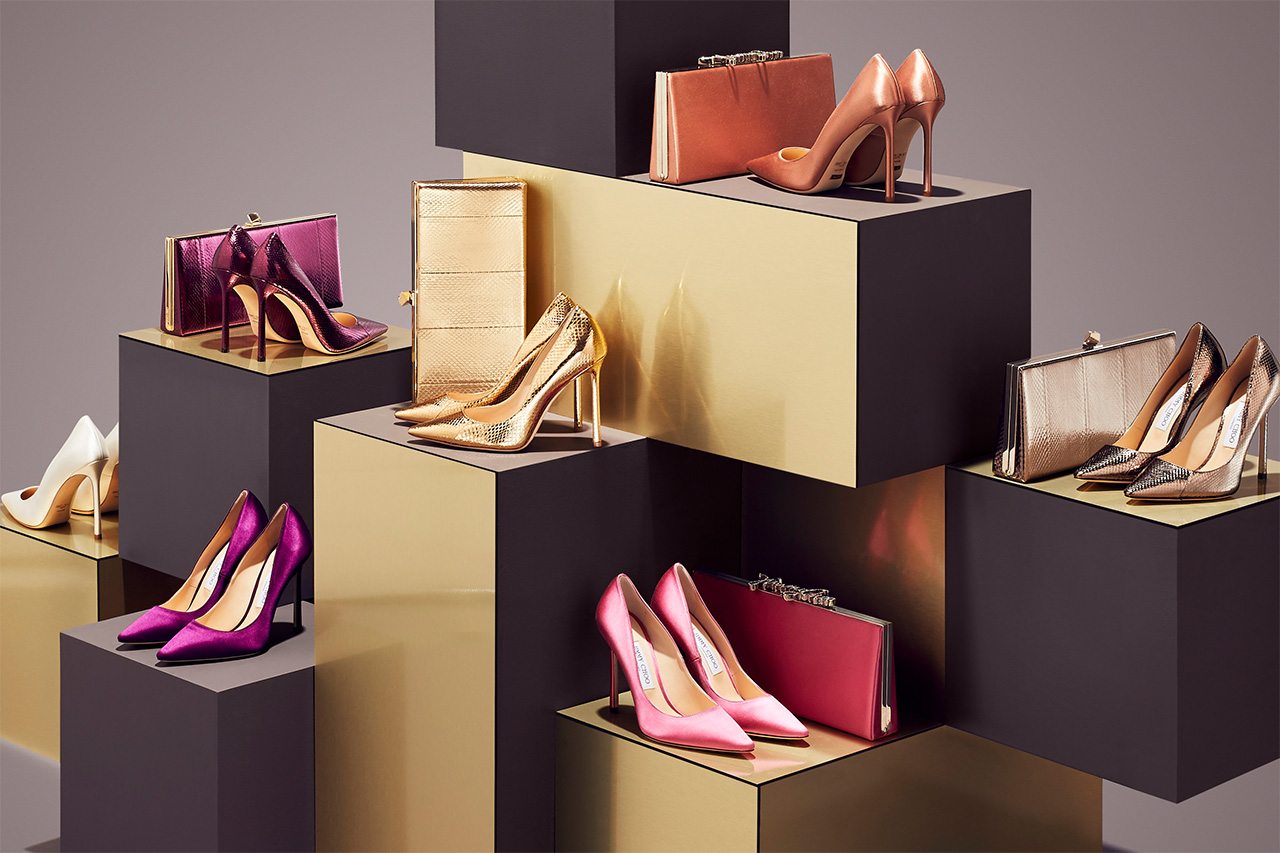
Above: 2016 saw Jimmy Choo celebrating 20 years in the business
Entrepreneurial spirit
For those in the fashion industry, the large global and establishment brands aren’t just what they think of when it comes to British fashion and luxury. To many, British fashion is about the new, the edgy, the cool and the part of the fashion industry that Paris, Milan and New York simply can’t compete with.
Where others are awash with mega brands, we are flooded with creative entrepreneurs, who, quite frankly, make our industry so addictive and engaging. Today it is packed full of energy and ideas that create those points of difference, time and time again.
There is great depth of talent here in the UK and many different kinds of businesses at different stages, so it is worth segmenting them to give each area their moment of glory. I’ve mentioned the big brands – although clearly not all, this isn’t a directory, and for those I haven’t mentioned, I apologise.
We also have our well-known, strong, creative and commercial brands that have dedicated followings all over the world. Think Roland Mouret, Temperley London, Preen, Antonio Berardi, Orla Kiely and J&M Davidson. The names themselves are core to the business, and, in this age of social media, sharing that character and personal touch delivers strong connections with consumers and new fans.
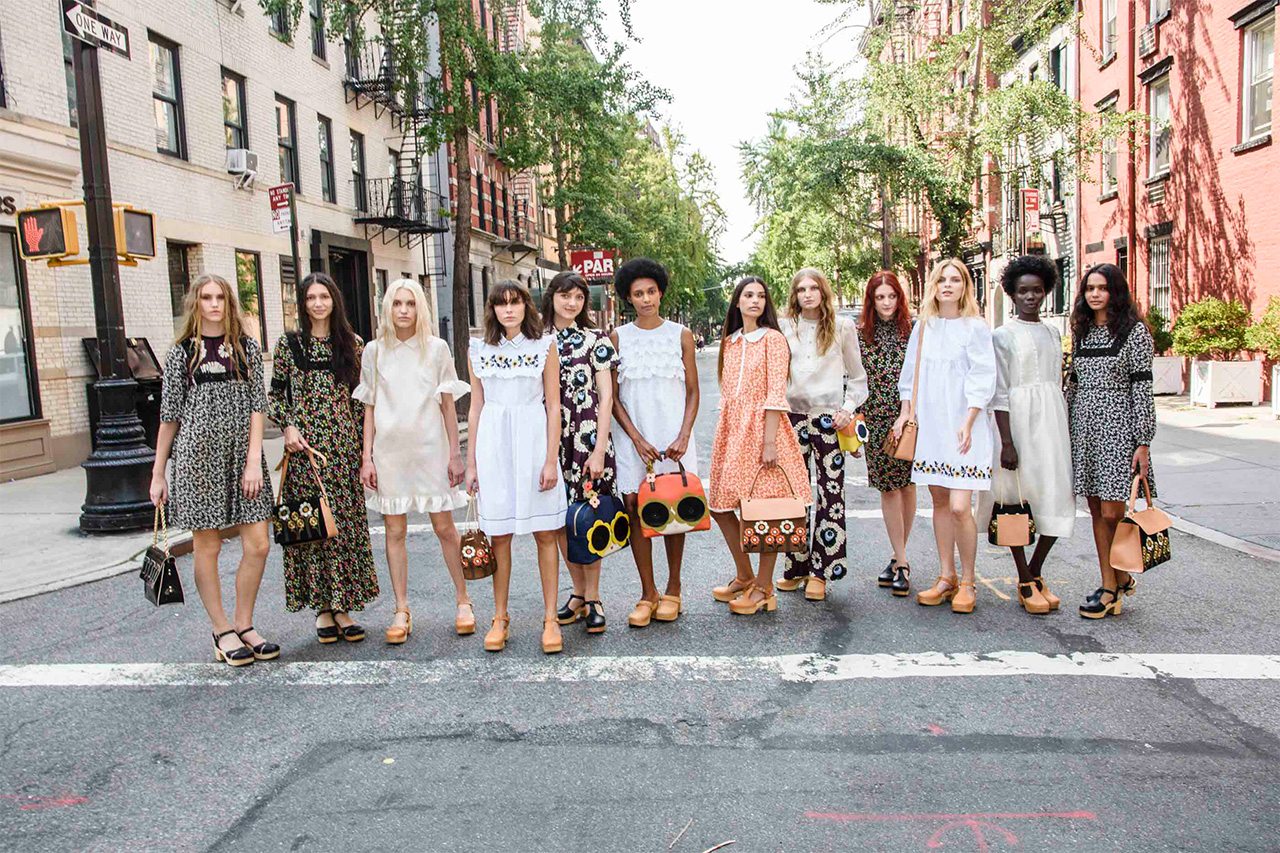
Above: Models in Orla Kiely’s Spring/Summer 2017 collection- just one example of a British brand with a worldwide following
Then there are the future brands, the high-end designers killing it on the catwalk, opening stores and establishing strong relationships with global multi-brand retailers such as Matches, Net-a-Porter, Harrods and Selfridges. They are hot on the heels of the bigger names and can be seen as much on the red carpet as on the pages of magazines. For examples, think Roksanda, worn by Samantha Cameron and Michelle Obama; Erdem, whose US market is booming and whose friends and fans include Keira Knightley, Harley Viera-Newton and Kate Bosworth; Christopher Kane, the Scottish innovator, who is celebrating ten years in business this year and still pulling the coolest front row, from Poppy Delevingne and Veronika Heilbrunner to Immy Waterhouse; Mary Katrantzou, whose prints adorn the art world and the front row; Peter Pilotto, offering its colourful collections, which could be seen at every summer party last year, showed an equally inspiring collection for this summer’s engagements; and Victoria Beckham, known for her impeccable style and business acumen, who is building a strong womenswear business.
Similarly, we have menswear businesses at both brand and future brand level; Oliver Sweeney, Timothy Everest, Private White V.C., E Tautz, Thom Sweeney, James Long and Orlebar Brown are all great businesses with great entrepreneurs behind them. Footwear specialists Nicholas Kirkwood and Charlotte Olympia fall into the category of Future Brands, but hot on their heels (excuse the pun) are Sophia Webster and Camilla Elphick. All enjoy the sense of whimsy that translates into great shoes that make footwear as much a statement as the rest of the outfit.
Hats off to home craftsmanship
Stephen Jones, the famed milliner, once said to me that hats are more important than shoes as they are the first thing people look at when you wear one. Millinery is a great British tradition and we have incredible hatmakers who are creative and brave in design, as well as the traditionalists worn by the monarchy young and old. If you get the chance to visit the exhibition of the Queen’s wardrobe (until 8 January 2017 at Windsor Castle) you will see the importance of millinery in fashion statements and state occasions. Many of our milliners do roaring trade around racing seasons and weddings, but more and more their businesses are growing with those of us that just like to wear a hat, no matter what the occasion. Look out for Piers Atkinson or Noel Stewart if you want a less well-known name or opt for the safe hands of Jane Taylor, Stephen Jones and Philip Treacy. It is worth noting that many of our big brands, brands and future brands endeavour to manufacture in the UK when they can find partners that deliver on quality and price. Burberry, Mulberry, Barbour, Private White V.C. and E Tautz all own their own factories and are developing manufacturing. Our milliners create their works here, and very proudly so at that.
In the past there used to be a very clear divide between what were considered the more commercial, contemporary collections and designer collections. Today the lines are becoming blurred as customers want different price points and different experiences. Some great British businesses that sit in the cross wire of these two sectors of the market include Self-Portrait, Zoe Jordan, Needle & Thread, Georgia Hardinge and The Fold – all are definitely worth looking out for.
When it comes to new brands, the majority make their wares in the UK. This close relationship with manufacturers is an essential part of the British fashion ecosystem, without it on the doorstep, many wouldn’t be able to get their business off the ground.
The future of fashion
So who are the new names to look out for? For ready-to-wear we have a talent identification and support scheme called NewGen, which started in 1993 and was made famous for helping Alexander McQueen to sell his first collection at The Ritz Hotel. Since then, NewGen has given a leg up to many businesses through financial rewards and mentoring. Now over half the businesses showing at London Fashion Week have come through the scheme, names such as Marques Almeida, Sadie Williams and Helen Lawrence and, for menswear, Craig Green, Cottweiler and Grace Wales Bonner. If you haven’t heard of these names, I encourage you to go online and explore them.
At fashion weeks we enjoy (not endure) a marathon of shows from businesses at all different levels. The street style around the shows has become a scene in itself, with fashionistas experimenting with looks, mixing styles and pulling them off (mostly) with confidence. Those images then go viral on social media, championing businesses new and established, sharing their enthusiasm with their digital network and encouraging them to explore and do the same. And that is something we all do in our own way; dress, experiment, enjoy, recommend and indulge. You don’t need to be at a fashion week to dress with a sense of independence. Like our brands, we all have our own unique style. I try and wear British every day, and it feels good supporting British businesses – you should try it too.
MORE STYLE: How British menswear is changing for the better / The Very British History of the Blazer / How to wear hats: An expert guide

